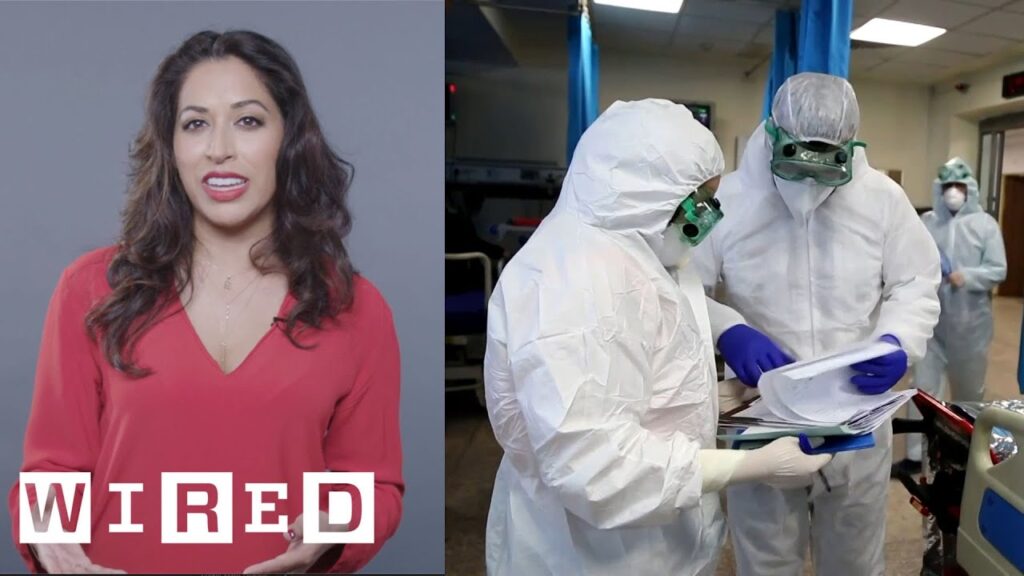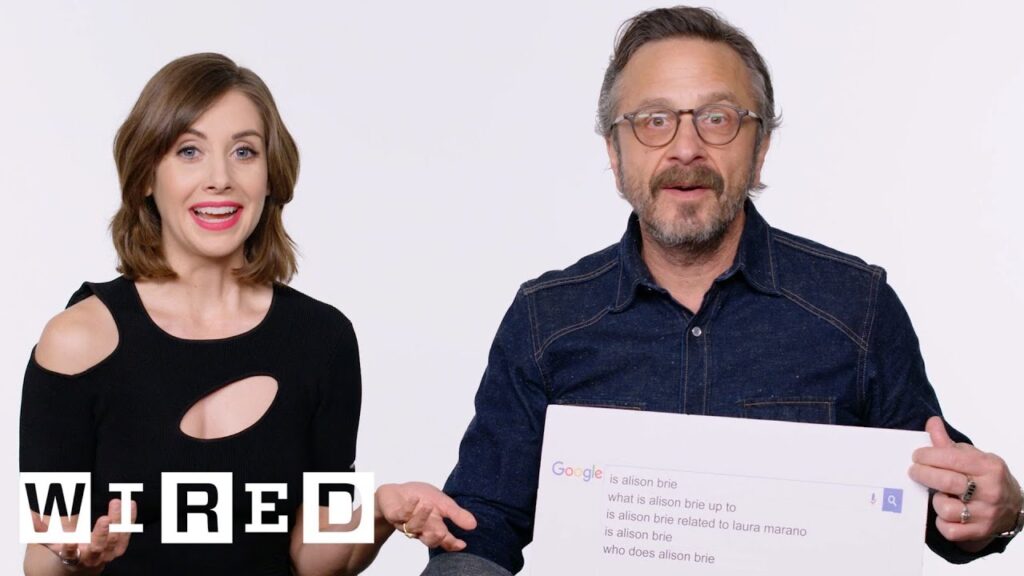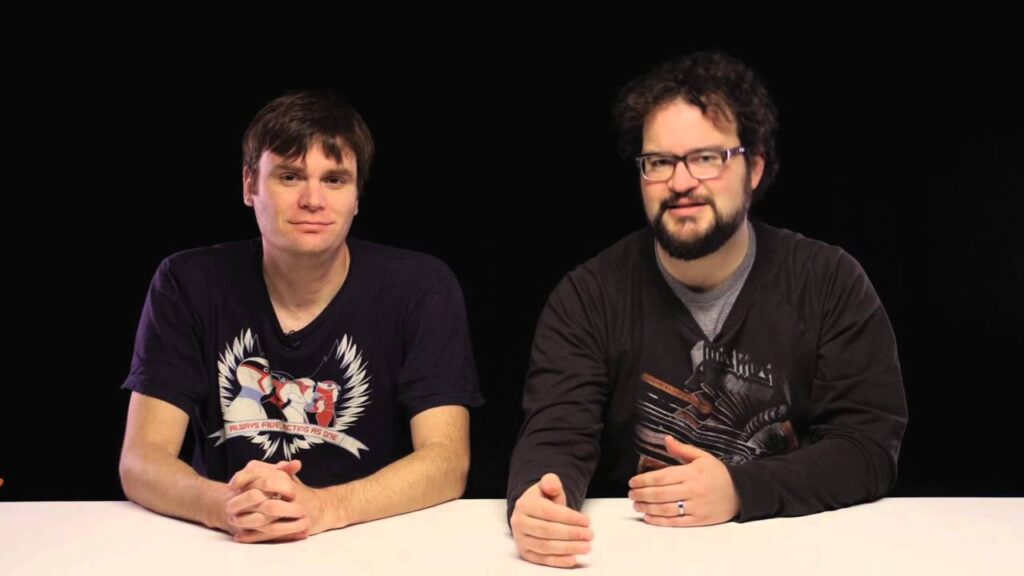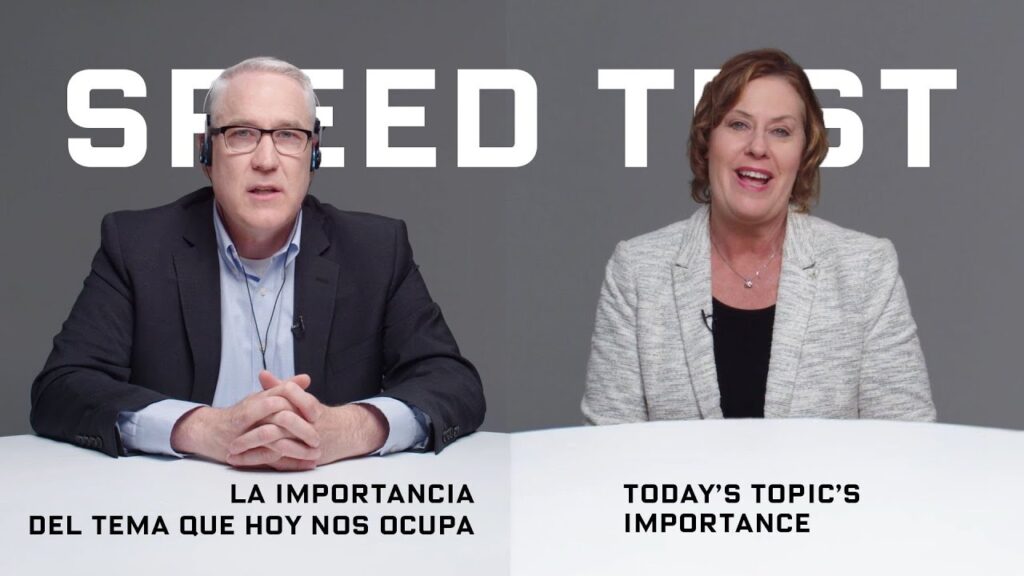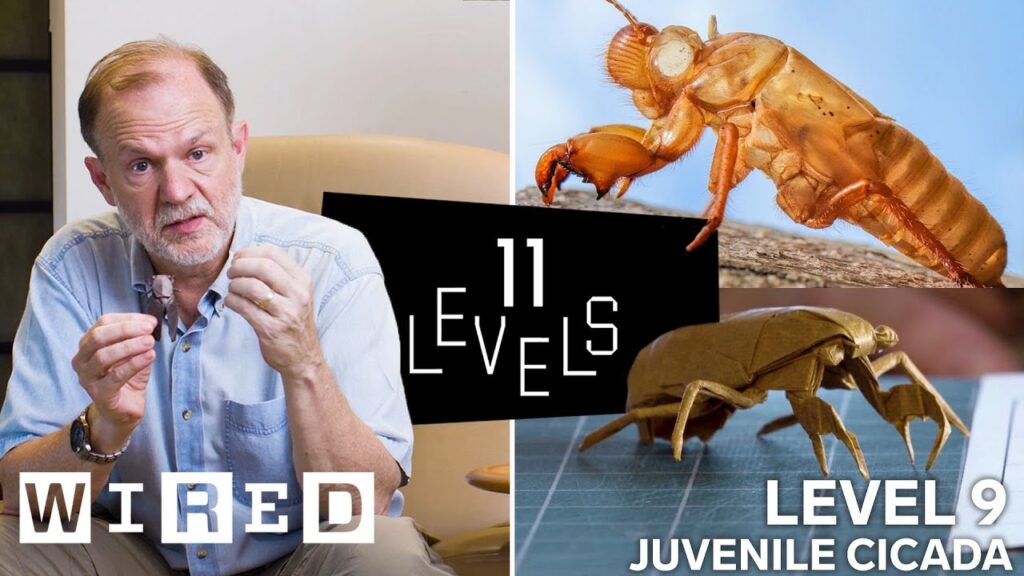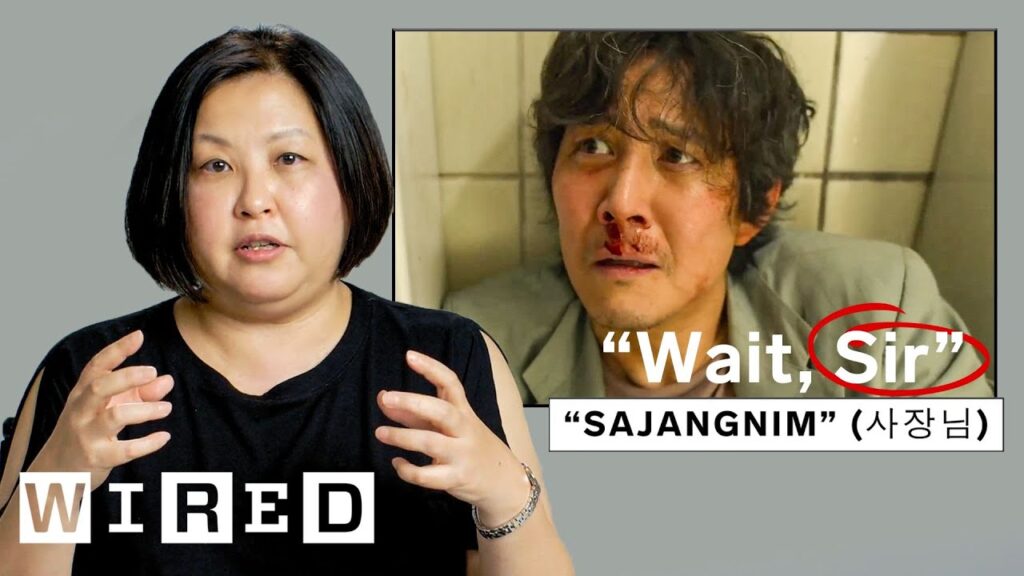Quarantine, Isolation, and Social Distancing: How They Can Slow the Spread of COVID-19
Summary
In this article, we explore the different measures that officials are taking to slow down the spread of COVID-19, including quarantine, isolation, and social distancing. Lawrence Gostin, a professor of global health law, explains the differences between these measures and their effectiveness in controlling the spread of the virus. We also discuss the public health measures that can be implemented to flatten the curve and prevent a worst-case scenario in the United States.
Table of Contents
- Quarantine vs. Isolation vs. Social Distancing
- The Effectiveness of Mass Quarantine
- Public Health Measures to Flatten the Curve
Quarantine vs. Isolation vs. Social Distancing
According to Lawrence Gostin, quarantine is a measure taken when someone has been exposed to the virus but is not yet infected. The person is confined for the longest period of incubation, which is 14 days for COVID-19. On the other hand, isolation applies to individuals who have tested positive for the virus and are separated from others to prevent further spread.
Social distancing, on the other hand, is a measure taken to slow down the spread of the virus by separating the population and not exposing them to each other. This includes measures such as canceling public events, closing schools, and working from home.
The Effectiveness of Mass Quarantine
While the World Health Organization has praised China’s mass quarantine, Gostin has doubts and highlights the economic and human rights implications. He believes it is inconceivable to have a mass quarantine in the United States due to Americans’ unwillingness to accept social control and intrusive surveillance.
Public Health Measures to Flatten the Curve
The overall goal is to flatten the curve of the spread of the virus by implementing public health measures such as ramping up diagnostic testing, testing random samples in the community, isolating sick individuals, quarantining those who have been exposed, closing schools and public events, and practicing social distancing.
These measures can buy time to develop effective treatments and ultimately a vaccine. With a surge response, surge funding, and evidence-based approaches, there is a reasonable chance of bringing the numbers down and preventing a worst-case scenario in the United States.
Conclusion
In conclusion, quarantine, isolation, and social distancing are important measures that can be taken to slow down the spread of the virus. While mass quarantine may not be feasible in the United States, public health measures such as ramping up diagnostic testing and practicing social distancing can help flatten the curve and prevent a worst-case scenario. It is important for individuals to take responsibility for their own health and follow guidelines from health officials to prevent the further spread of COVID-19.
